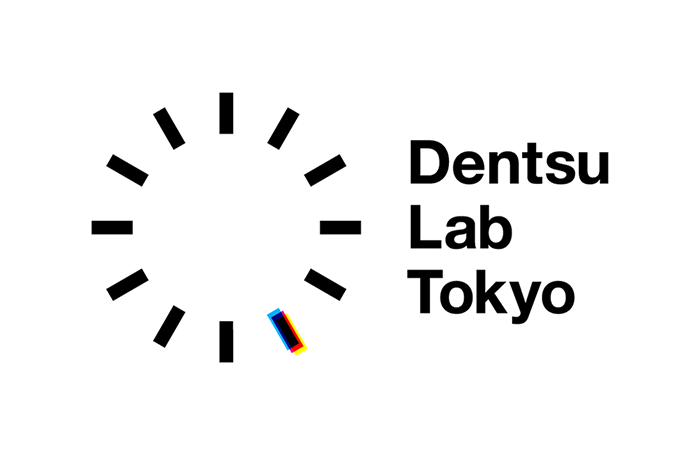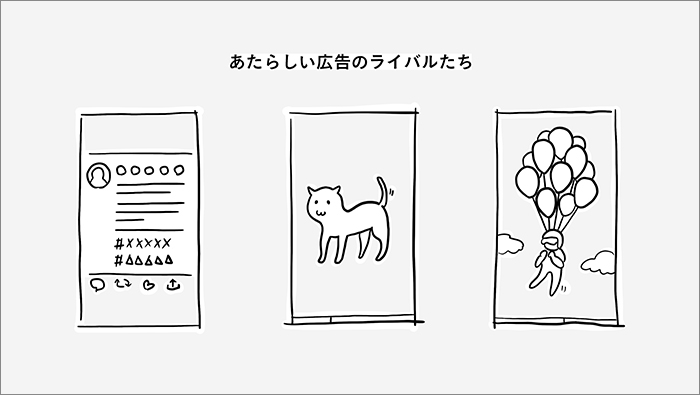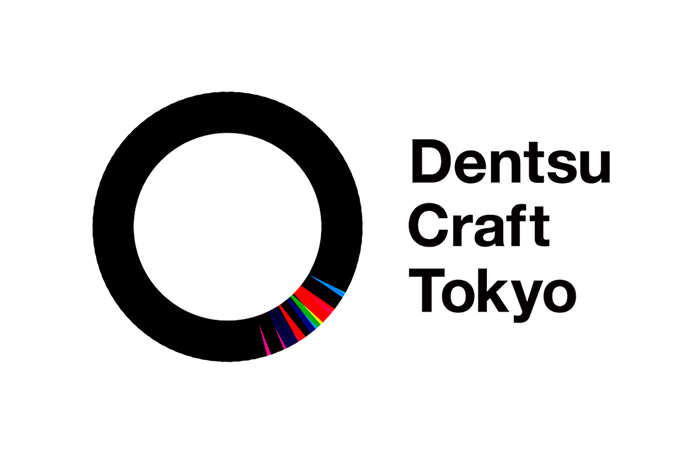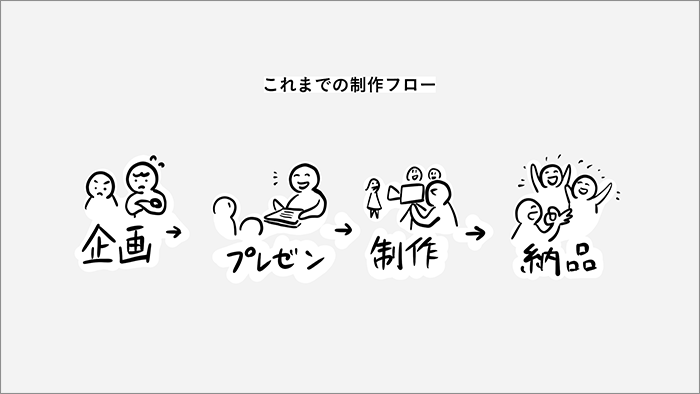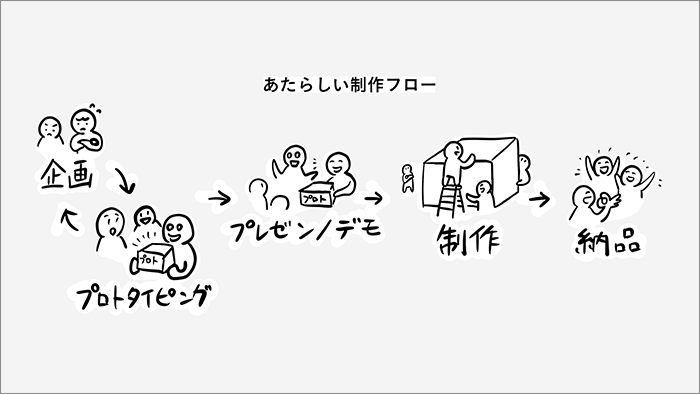"I'm not sure what the output of this project will be, but could you give me some advice?"
Consultations from our in-house sales reps usually come to me like this. Over the past few years, as client challenges have grown more complex, I feel these kinds of cases have increased. This means we need to build a robust team capable of handling any situation – gathering people skilled in mass creative, digital experts, PR specialists, and more.
Traditional advertising techniques no longer work easily, and the breadth of solutions demanded has expanded, significantly broadening the scope of ideas.
And now, I believe the very "methods" of creating ideas are also being called upon to change.
Dentsu Lab Tokyo is an organization launched in September 2015.
Its mission is to solve client and societal challenges primarily through communication ideas rooted in technology.
In this series, against the backdrop of recent changes in society and the industry, we will introduce what we consider to be the "delicious relationship between technology and ideas."
This installment's theme is "New Ways of Creating."
A Changing World, Changing Us
The impact of the internet's birth and the proliferation of social media and production tools on the advertising industry isn't all positive—like making information easier to convey or share.
With everyone holding a smartphone becoming a media outlet and a creator, we professionals now find ourselves competing against the "talent of the world" – people uploading cat videos or sparking buzz with funny tweets.
In this era where anyone can disseminate information, even ideas from the advertising industry—once considered special—are now viewed as just another piece of information, placing everyone on the same playing field. Often, projects without budgets or constraints can be more interesting. This is quite a formidable challenge.
Speed and impact.
The traditional advertising production workflow is increasingly unable to compete.
As clients' concerns accelerate, we needed to break free from the traditional advertising creative mold.
Advertising + Technology = ?
Over the past decade, expressions utilizing technology, exemplified by media art, have become more affordable to realize. Furthermore, as they gained the precision required for practical implementation, significant changes arrived in the advertising industry.
A shift from "message" to "experience."
A "message" is conveying what a company wants to say to people using traditional advertising methods.
On the other hand, "experience" means moving beyond mere words and events. It involves visualizing, recreating, and sharing experiences. Sometimes it means providing convenience or expanding perspectives. It's about moving people's hearts through various experiential methods.
The shift toward social networking may also be a reason for this change, as people increasingly seek more "authentic" experiences.
Thus, the "method" of creation has evolved.
An idea that isn't realized is as if it never existed.
In March 2019, Dentsu Craft Tokyo, a sister organization to Dentsu Lab Tokyo, was launched in Nakameguro.
Based on the belief that "Ideas that aren't realized are as good as nonexistent," this team brings together diverse talents—artists, creative technologists, designers, technical directors, programmers, researchers, and producers—to bring every idea to life. This resulted from rethinking "how to create" from a team-building perspective.
The "method of creation" as a production flow has also changed.
Even now, with the widespread adoption of digital and technology, the advertising industry still tends to follow the traditional production flow for commercials and graphics.
This is the traditional production workflow.
In contrast, the production flow at Dentsu Lab Tokyo and Dentsu Craft Tokyo, designed to achieve impact, novelty, and speed in our expressions, looks like this:
How about this idea? But it doesn't quite get the point across. Okay, let's try making it. Nope, still doesn't work. What if we improve this part... Oh, maybe this! This could work...!
We search for answers daily, moving back and forth between the planning and production phases like this.
In projects I've been involved with, such as Yohou Brewing's " Senpai Wind No. 1 " (*1) and " ℃uration " (*2), which we independently developed as R&D at Dentsu Lab Tokyo, we created through prototyping.
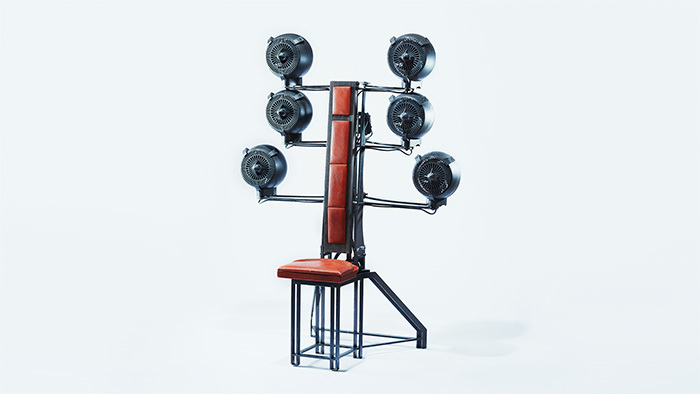
*1) A device that combines three AI systems to detect over 2,000 "senpai-like" phrases and physically generates a "senpai-like" breeze.
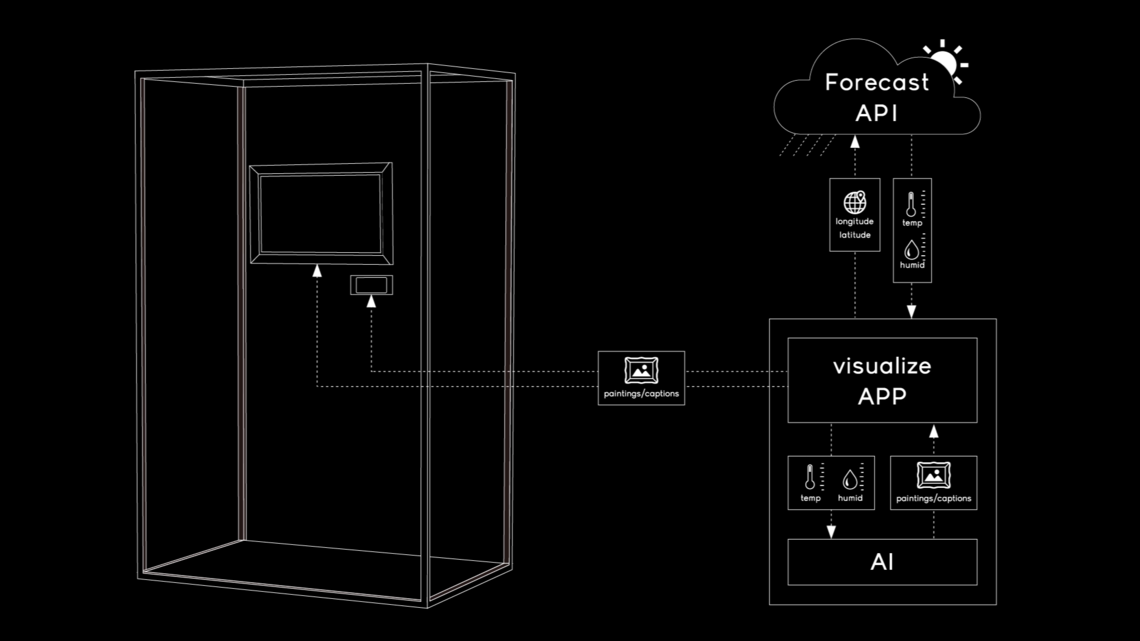
*2) A system that links weather data from tens of thousands of observation stations with images uploaded to the web based on timestamps and geotags. It learns via deep learning to estimate temperature and humidity from images. It was exhibited in a museum, searching its public database for paintings matching the "current" temperature and humidity.
When attempting to create something using new technology, it's easy to get bogged down searching for existing examples. However, if a precedent already exists, it ceases to be newsworthy. Especially for technology-driven ideas, paper materials fail to convey the nuances of movement and interaction. Consequently, even promising ideas can vanish without ever seeing the light of day... a tragedy that can occur.
Prototyping is a highly effective solution for "how to build."
Moreover, this isn't limited to programming.
In fact, many of the creators behind those cat videos and funny tweets mentioned earlier use this approach.
They try filming. They try editing. They try processing. They try creating. They try drawing. They try tweeting. They try improving. They routinely repeat this "trying out" process, and within it, they create hits. You sense this lightness in their creativity.
It could be said that truly moving, surprising expressions begin with the invention of a "method of creation."
What Remains Unchanged
So far, we've talked about a world that keeps changing and "methods of creation" that keep changing. Yet, there are still things that remain unchanged.
That is "human fundamental desires and emotions."
Ultimately, expression exists between people. To move someone's heart, a perspective or insight that stirs their core emotions is essential. Precisely because we work with technology—a tool seemingly the opposite of human nature—I believe we must be even more conscious of this.
Finally, here's a brief preview of the themes we'll explore next.
・AI and Data Creativity
・Design and Technology
・Communication and Technology
・The Potential of VR, MR, and AR
・Production Techniques
This column explores the latest approaches to "how to create" as envisioned by specialists in each field.
"I want to use AI in my work, but how do I get started?"
"What mindset do designers need to engage with technology?"
You might just find answers to these questions here.
As a reader myself, I'm genuinely excited.
Stay tuned.

